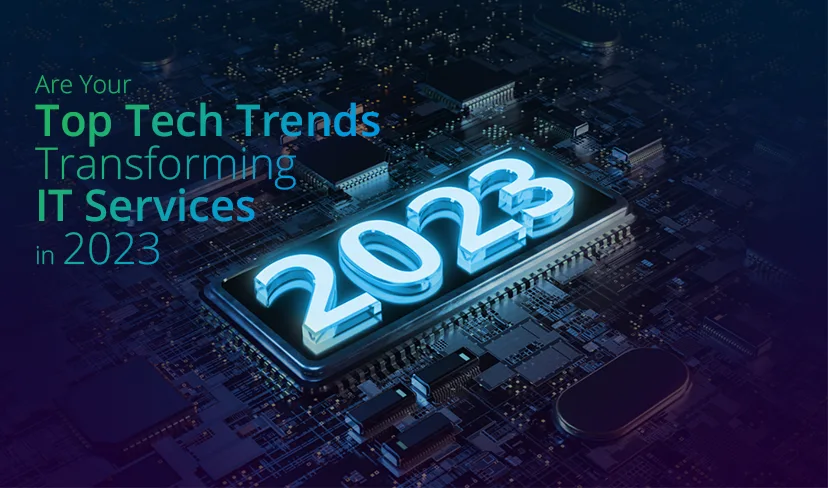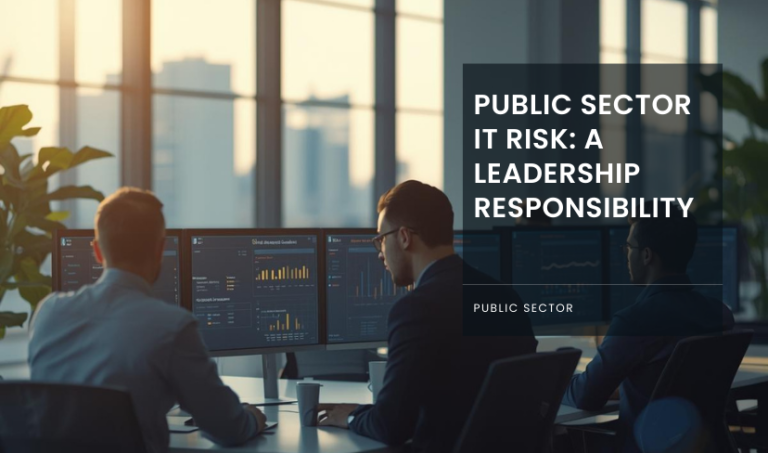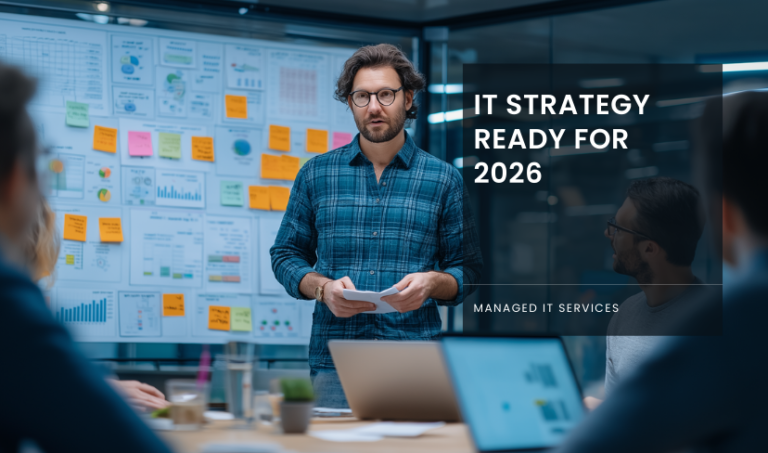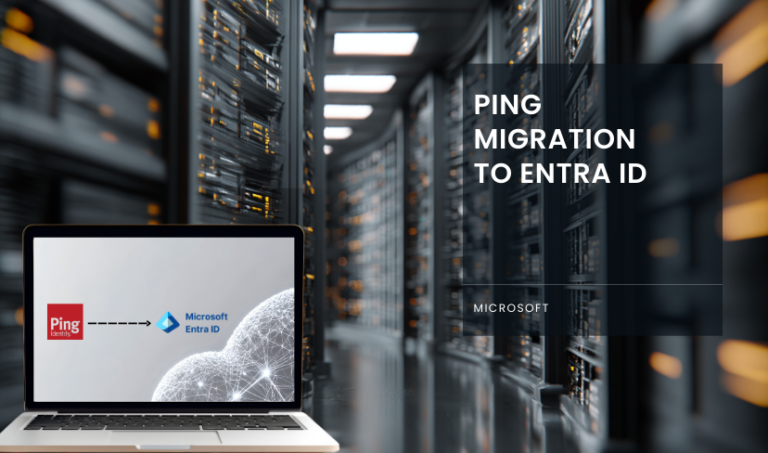IT Services is an ever-changing industry with new technologies, services, and software continuously emerging and evolving. Knowing the latest trends and developments can help organisations better understand the potential service upgrades and optimisation required to remain on track with their digital transformation.
Services Director, Stuart Salt suggests 5 tech trends that could impact your IT services and IT strategy and accelerate your business outcomes.
1. Xaas (Anything as a Service) IT Services
XaaS is a model that provides access to IT services and products on a subscription or pay-per-use basis which enables clients to use what they need, on-demand paying only for what is used. This is a big benefit to most organisations as it reduces the need to purchase and maintain expensive IT infrastructure and equipment.
XaaS is commonly used in Cloud computing to deliver software, platforms, and infrastructure – all over the internet. In 2023, we’ll see a continued expansion of XaaS services offered. At Transputec, we already deliver many Xaas services including: Software as a Service (SaaS), Platform as a Service (PaaS), DBA as a Service (DBAaaS), Cyber Security as a Service (CSaaS), and Infrastructure as a Service (IaaS) amongst others. You can see our full portfolio of XaaS services here.
Additionally, XaaS can provide businesses with access to advanced technologies, such as artificial intelligence and machine learning, again without the need for expertise or infrastructure. Overall, XaaS can help businesses to become more agile and responsive to changing business needs and therefore integral part to any digital roadmap.
2. AI Cyber Security – Azure Sentinel- IT Services
As expected, artificial intelligence will be even more prevalent in 2023 with innovation in natural language processing and machine learning technologies. One important area of advancement for AI is in AI-based security solutions. These are cybersecurity tools that use AI and machine learning systems to improve the accuracy and efficiency of security operations. Tools such as machine learning algorithms and natural language processing can extract and analyse large amounts of data from various sources, such as network traffic logs and security event logs, to quickly detect and respond to threats in real-time.
As part of our Cyber Security as a Service security offer, we use the cloud security information and event management (SIEM) platform, Azure Sentinel. This utilises AI to track and respond to threats and provides real-time analysis of security alerts and delivers a sophisticated set of features for incident response and integration with other Microsoft security products and services. By utilising or 24x7x365 SOC and leveraging such platforms as azure sentinel you can be sure your security is optimised and that a trusted partner is watching over your systems and services 24×7.
As security threats become more prevalent and complex, AI-based security solutions enable businesses to keep up and ultimately respond rapidly and efficiently to reduce risk.
3. Experience Level Agreements – XLAs
XLAs are an evolution of service level agreements (SLAs). They focus on what’s most important to end-users and measure service provider’s performance in outcome and value terms, whereas SLAs focus on operations and outputs. XLA targets are therefore based on end-user-centric metrics and key performance indicators (KPIs) centered around the perceived quality of IT services and support.
At Transputec, we have always been committed to delivering exceptional customer experience. Due to this, we started to introduce Experience Level Agreements to our clients last year so we can continue to deliver superior IT Services. This push towards performance measured by quantifying end user experience will continue as will the focus for customer experience and engagement.
If you service provide isn’t offering this already, ask them about it!
4. Sustainable IT Services by Default
“Every technology investment will need to be set off against its impact on the environment, keeping future generations in mind. ‘Sustainable by default’ as an objective requires sustainable technology.” – Gartner
As part of a business’s corporate social responsibility (CSR) strategy, a commitment to sustainable IT systems have been on the radar for a while. Now it’s the norm the have sustainable business goals and it be part of a digital strategy and this focus will increase as pressure from business stakeholders intensifies.
This also extends to supply chains and consumers demand that the products and services, they invest in are energy efficient and supported by sustainable technology.
All cloud vendors we partner with such as Microsoft and Amazon Web Services have global commitments to sustainability which underpins Transputec’s own Environmental Management System (EMS) strategy.
5. Metaverse in the Workplace
The Metaverse is not just Mark Zuckerberg’s playground as we see augmented reality (AR) and virtual reality (VR) advance into the workplace environment. Now we are now all converts to virtual meetings; the logical next step is the development of immersive meeting environments.
Some companies are already using metaverse technology. Consulting giant Accenture and Microsoft have already created a metaverse environment called the Nth Floor. This virtual world features replicas of real-world Accenture offices, and uses the environment for onboarding, training as well as events and meetings.
It may be early stages and too soon to start creating your virtual office avatar – but watch this space as we head towards the metaverse for our future workplace.
To get in touch for any IT Services, click here.
Stuart Salt, Services Director




